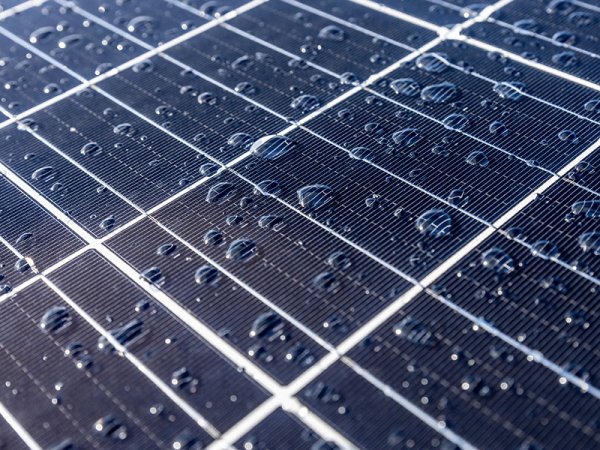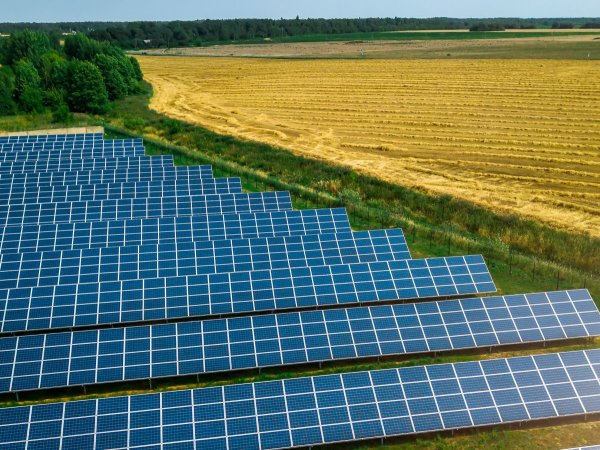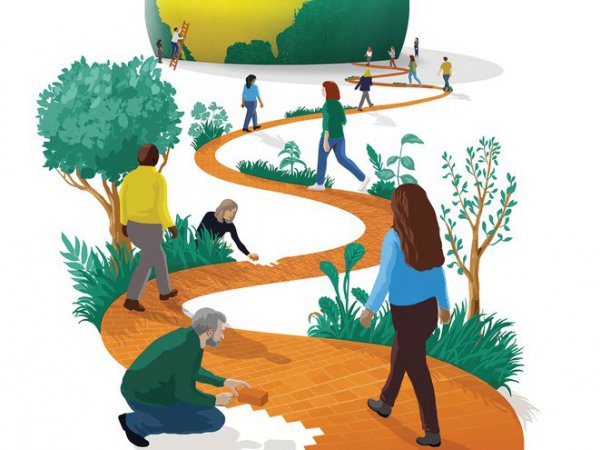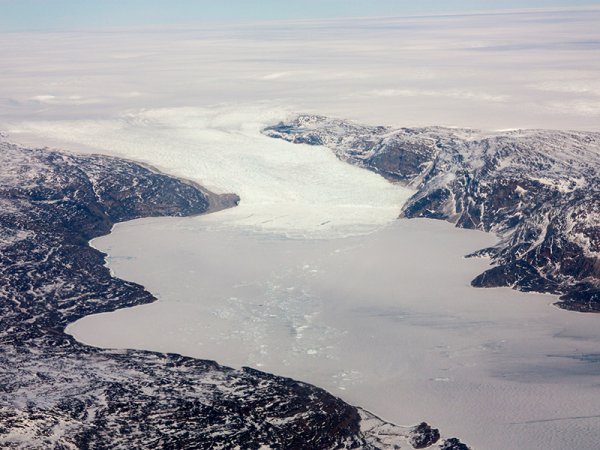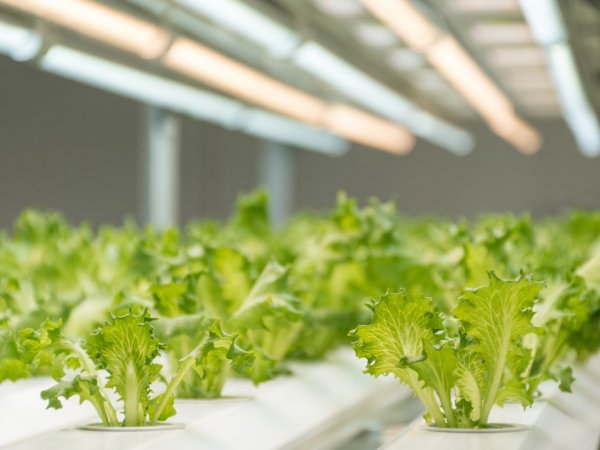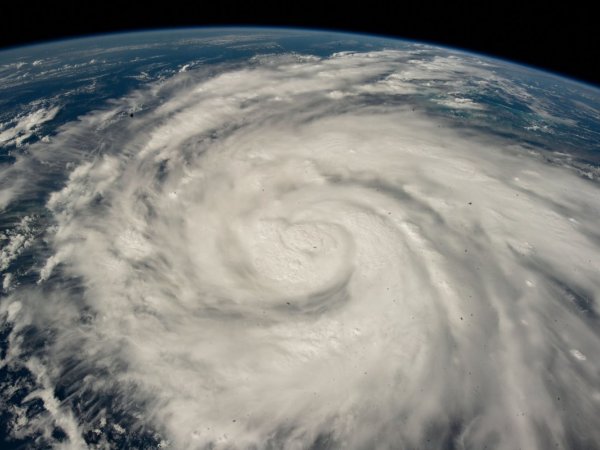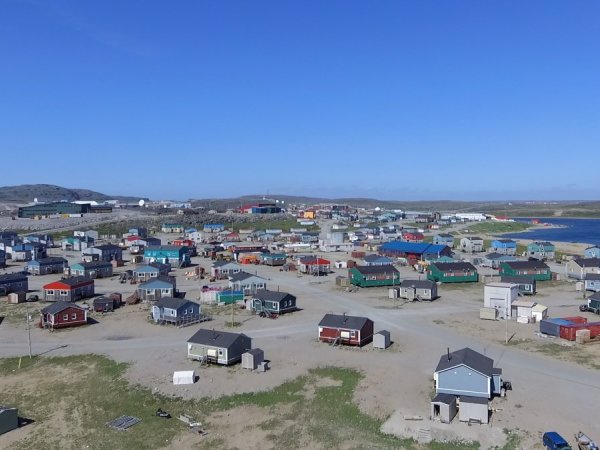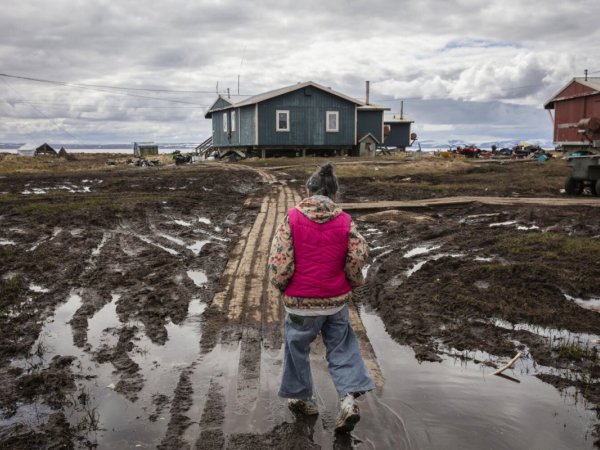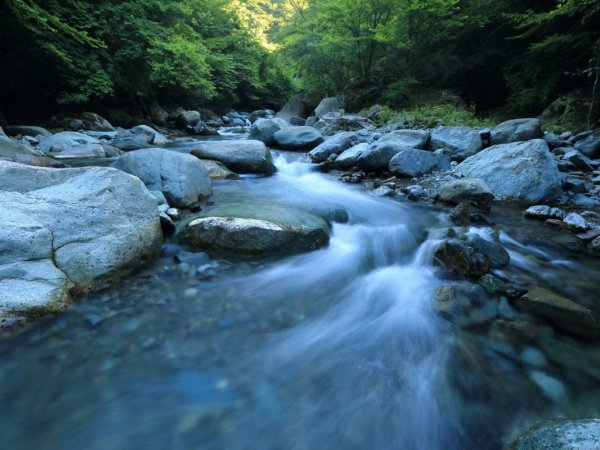Our blog features brief essays, op-eds, and Q&As that cover a wide variety of energy and environmental topics. Each entry is written by researchers from around Penn State, including faculty members and graduate students.
Maximizing hydrological and environmental benefits of solar farms
Major ground-mounted solar panel installations, often called “solar farms,” are rapidly growing in Pennsylvania and around the world. Solar farms are part of a critical effort to increase our renewable energy portfolio and reduce our carbon footprint. However, due to their size (often covering hundreds of acres), solar farms have the potential to impact natural hydrological and ecological processes.
Understanding transitions to solar energy on Pennsylvania farmland
Solar energy continues to become more affordable and widely available. However, it requires large areas of land that are often in competition with agricultural, industrial, or residential uses, and this competition makes solar expansion complicated.
Addressing wicked environmental problems through engaging stakeholders
Complex environmental problems—such as climate change, excess nutrients in waterways, and droughts and wildfires—require collaborative approaches that seek to engage multiple stakeholders in defining and addressing the causes and consequences versus past techniques that pushed top-down solutions.
What does a warming Arctic mean for the future?
With numerous stories in the news about Arctic ice melting and glaciers collapsing, two Penn State researchers answer questions about warming in the Arctic and what it means for the future.
Is it possible to achieve food resilience after a global catastrophe?
In the wake of a global catastrophe, like nuclear war or a supervolcano, billions of people could starve due to nuclear winter. However, a team of researchers is investigating what could be done to feed the world if nuclear winter set in.
A sustainable circular economy of plastic
Plastic is not the enemy. That statement may seem unpopular considering the news surrounding plastic pollution. According to the United Nations, approximately 7 billion of the 9.2 billion tons of plastic produced from 1950–2017 became plastic waste, ending up in landfills or dumped. Only about 9–15% of that plastic gets recycled. The vast majority—about 80%—ends up in landfills or the environment.
What is reverse storm surge and is it related to climate change?
Many of us watched closely as Hurricane Ian impacted Florida and the people living there. This close attention to the storm has caused many people to ask questions about some of the images they have seen of reverse storm surge.
Visualizing climate change through a documentary of the Inuit
As an anthropological filmmaker, Kirk French has been working with the Inuit to revisit the iconic film "Nanook of the North" and to document the environmental and cultural changes that have taken place there over the last century.
Representing Indigenous people in justice-based frameworks for climate change adaptations
The United Nations’ Intergovernmental Panel on Climate Change (IPCC) lists Good Health and Well-being (#3) and Reduced Inequalities (#10) among its top goals to combat social inequalities exacerbated by climate change. Indigenous people are the highest at-risk group for climate change impacts, like big storms and rising waters.
Streamflow prediction in large ungauged regions with deep learning models
Large areas of the global lands do not have access to daily streamflow rate measurements. However, predictions in these regions are still essential to understanding the global water cycle and mitigating the impacts of climate change.

